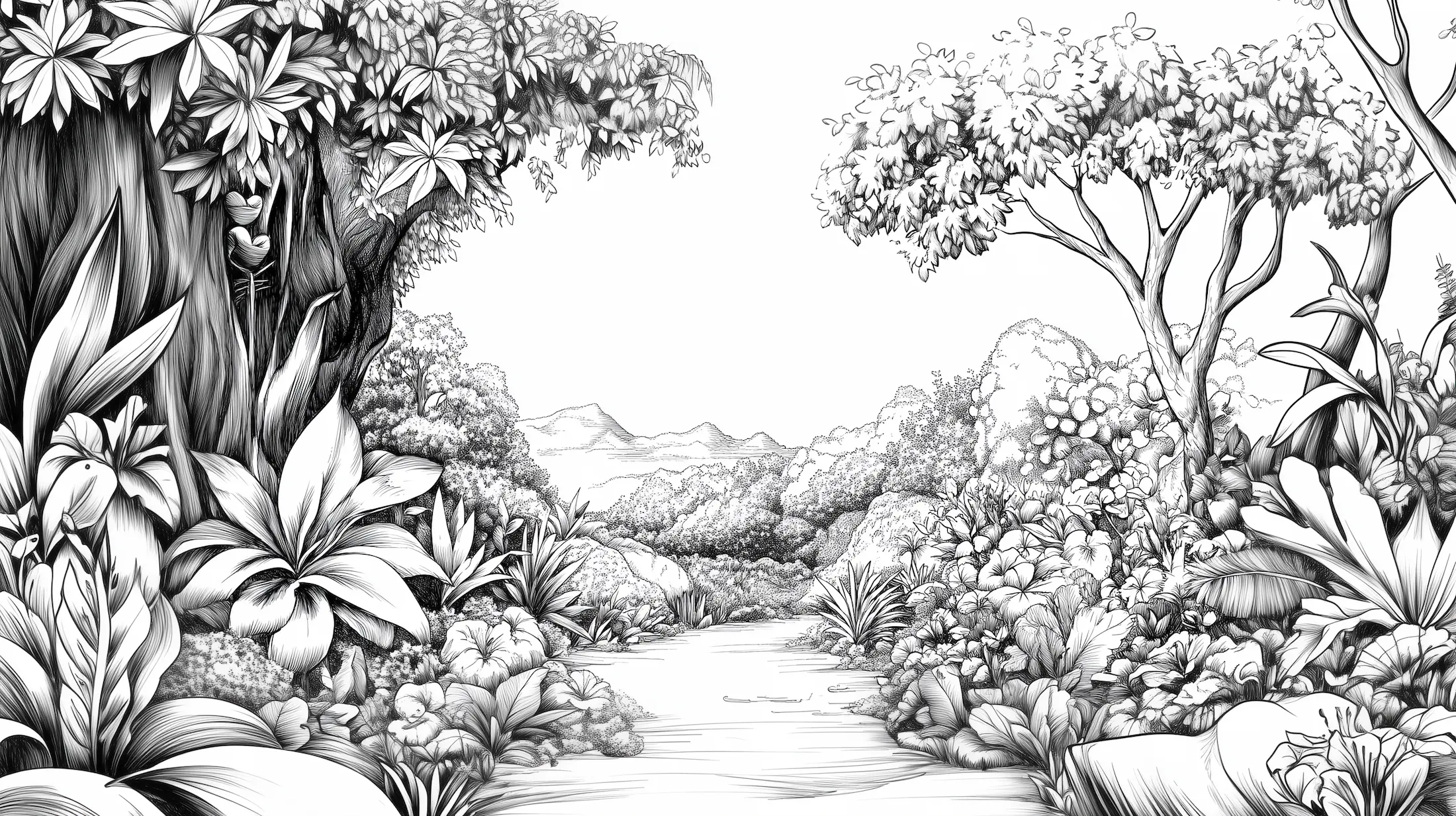
In the image of God
God uniquely fashioned humanity to reflect His own likeness, setting us apart from all other creatures in the physical universe. The story of humanity begins with a profound declaration from the Creator: “So God created man in his own image, in the image of God created he him; male and female created he them” (Genesis 1:27). This introductory statement sets the stage for understanding the intrinsic worth and divine purpose imbued in every human being.
Before the fall, Adam and Eve were the epitome of purity, holiness, and unbroken communion with God. Their creation was an act of divine love, reflecting God’s moral and spiritual likeness. “All was a sinless transcript of Himself. God endowed man with holy attributes.”1
The Bible tells us that God saw everything He had made and declared it “very good” (Genesis 1:31). This original state of humanity, unmarred by sin, was characterized by perfect harmony with God and creation. Ellen White eloquently describes this pristine condition: “God made man upright; He gave him noble traits of character, with no bias toward evil. He endowed him with high intellectual powers and presented before him the strongest possible inducements to be true to his allegiance.”2
The physical, mental, and spiritual faculties of humanity were designed for continual growth and deeper fellowship with the Creator. We were designed to thrive in our connection with God, and in turn forge new relationships, capable of appreciating fellowship, and able to love others in a manner that mirrors God’s love.
The pure desires and enjoyment of Adam and Eve are reflected in their intimate relationship with God. “Face-to-face, heart-to-heart communion with his Maker was his high privilege.”3 Indeed, “that which they prized above all other blessings, was the society of the Son of God and the heavenly angels.”4
This idyllic existence was not without a test of loyalty. The command to abstain from the tree of the knowledge of good and evil was designed to prove their love and obedience to God. Before this, their love had not yet been tried, not at that early stage, and it needed to be. This should not have been a difficult test however, considering that “Adam and Eve at their creation had knowledge of the original law of God. It was imprinted upon their hearts.”5 The test should have been passed easily.
The command to refrain from eating of the tree of knowledge of good and evil was not arbitrary, and it was not just a test to prove their loyalty, but a means to preserve their purity and happiness, and God did something significant for them – in fact, not only did he provide all the inducements for mental and moral growth that surrounded them, and all the delicious food they could have ever wished for, but he made it easy for them to pass this test of loyalty – “At the very beginning of man’s existence a check was placed upon the desire for self-indulgence, the fatal passion that lay at the foundation of Satan’s fall.”6
The strength of the temptation upon Adam and Eve seems strange to us. Notice the interesting point this question raises, “In what consisted the strength of the assault made upon Adam, which caused his fall? It was not indwelling sin; for God made Adam after His own character, pure and upright. There were no corrupt principles in the first Adam, no corrupt propensities or tendencies to evil.”7 Under these circumstances, it is a mystery why Eve was deceived, and why Adam ultimately opted to follow her in her downfall.
But the consequences of disobedience were clearly outlined, highlighting the gravity of their choice: “In the day that thou eatest thereof thou shalt surely die” (Genesis 2:17). The harmony between divine command and human obedience was crucial for maintaining their blessed state.
Understanding the nature of humanity’s original state is critical for grasping the full impact of the fall and the necessity of Christ’s atonement. The image of God in man was not only a state of being but a dynamic relationship that required trust and obedience. The disruption of this relationship resulting in disobedience brought about a catastrophic change, affecting not only humanity but all of creation.
Jesus mentioned this fallen state and immediately announced hope to humanity when he reflected on his own mission: “For the Son of man is come to seek and to save that which was lost.” (Luke 19:10). This hope of restoration underscores the purpose of the atonement, which aims to restore humanity to its original state and even beyond.
In light of these truths, this chapter sets the stage for the subsequent exploration of the fall of the human race, the claims of justice, and the divine plan for redemption through Christ. The understanding of humanity’s creation in God’s image is foundational for appreciating the depth of God’s love and helps us perceive a little more of the extent of His redemptive work through Jesus Christ.